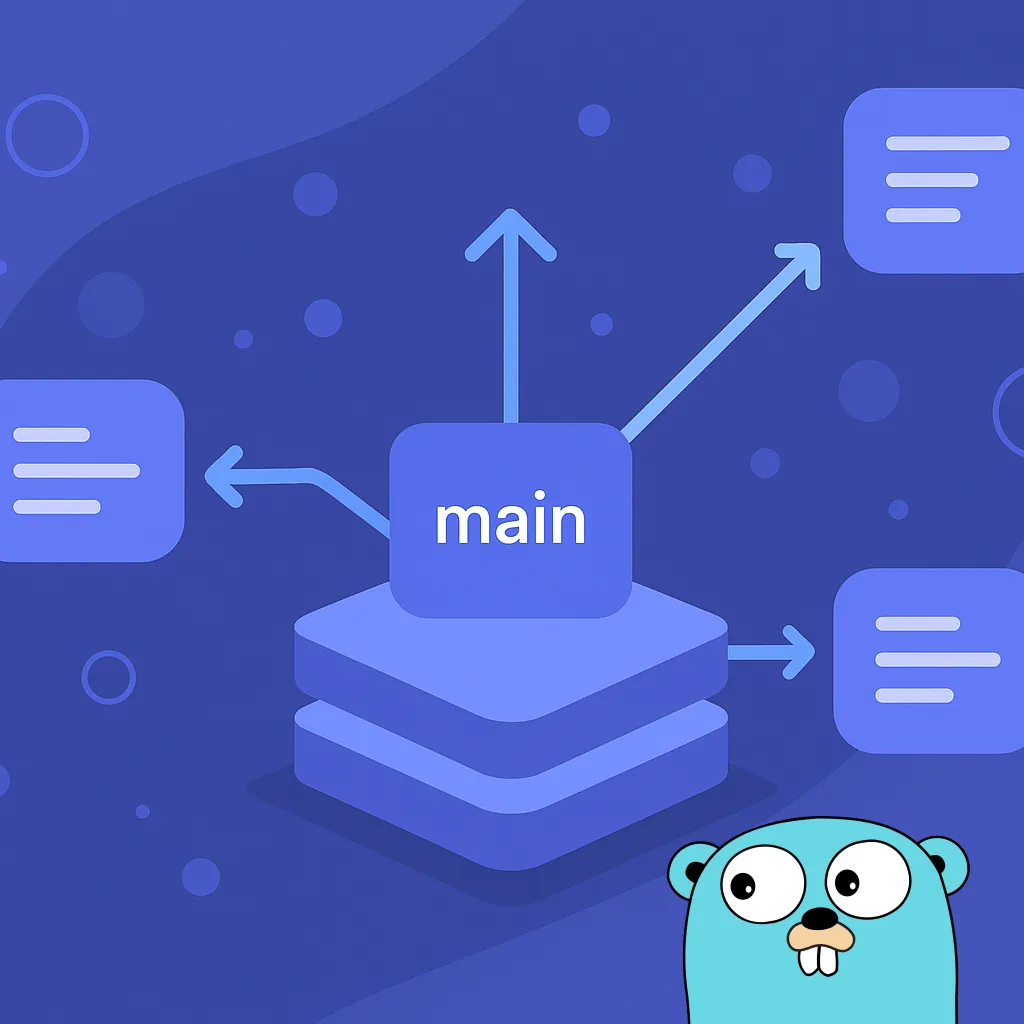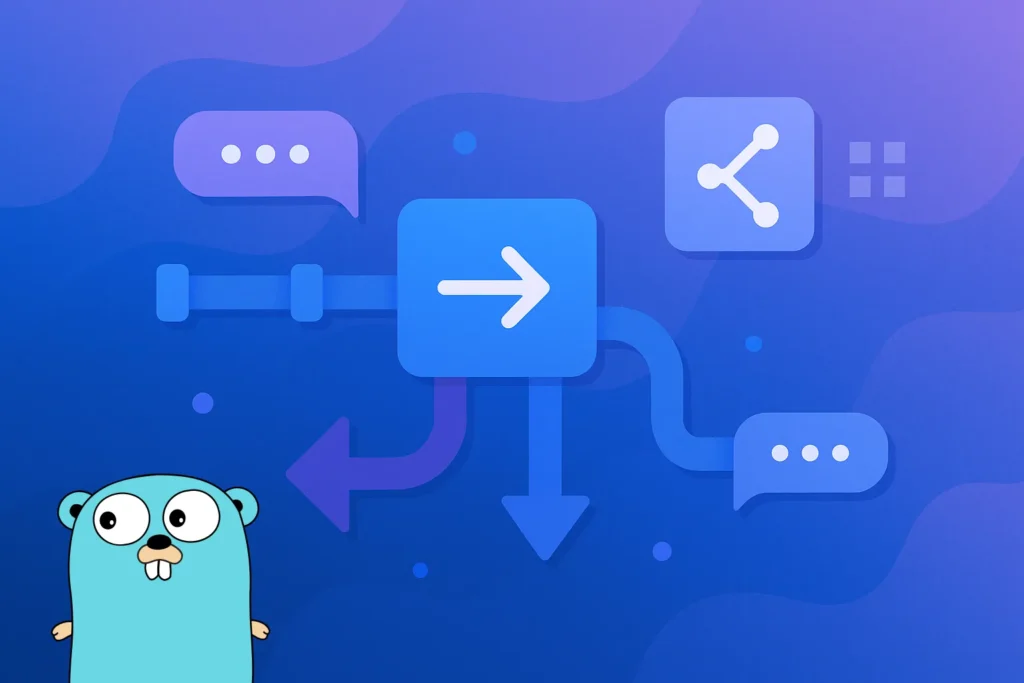In Go, channels are a core building block for concurrency. Reading from a channel can be done in two main ways: direct receive or using a select statement.
Both are valid. Both are idiomatic. But each one exists for a reason and knowing when to use which will help you write more readable, robust and race-free code.
Let’s break them down.
Option 1: Direct channel receive
This is the most common and concise way to read a value from a channel:
msg := <-myChan
It blocks until a value is available. That’s it. Simple and powerful. But it gives you zero flexibility beyond that one channel.
When to use direct receive
- You’re only dealing with one channel.
- You expect the value to eventually come in
- There’s no need to timeout or check for other events
It’s perfect for pipelines, fan-in/fan-out patterns or simple background workers.
// Iterate over myChan:
for msg := range myChan {
// msg has the same type used when the channel was created.
handle(msg)
}
Clean, efficient and very Go-like.
Option 2: Select statement
The select statement lets you wait on multiple channel operations at once. It’s like a switch, but for channels.
select {
case msg := <-ch1:
fmt.Println("Got from Channel 1:", msg)
case msg := <-ch2:
fmt.Println("Got from Channel 2:", msg)
case <-time.After(2 * time.Second):
fmt.Println("Timeout")
}
This gives you much more control, including:
- Listening to multiple input sources.
- Each channel can have its own type and configuration (Buffered or Unbuffered).
- Adding timeouts or cancellation.
- Handling default (non-blocking) cases.
When to use select
- You’re reading from multiple channels.
- You want to add a timeout or cancellation.
- You need to prioritize or react differently depending on the source.
- You want to avoid blocking (using default: case).
It’s essential when writing resilient, concurrent systems like HTTP servers, workers with kill signals or anything needing coordination.
A real-world comparison
Simple receive (blocking forever):
msg := <-ch
fmt.Println("Got:", msg)
This works, but you’re stuck until something arrives to the channel.
Using select with timeout:
select {
case msg := <-ch:
fmt.Println("Got:", msg)
case <-time.After(1 * time.Second):
fmt.Println("Timeout waiting for message")
}
In this way, you can avoid hanging forever if the channel is silent.
Summary
Use direct receive when your logic is simple and you’re only dealing with one channel.
Use select when your logic needs more control: whether it’s multiple inputs, timeouts, graceful shutdowns or non-blocking logic.
Both are powerful. Knowing when and why to use them is what makes your Go code production-ready.
See you next time!

